Merida’s alloy eOne-Sixty 875 is all about packing in the watt-hours to create a pedal-assisted mountain bike for big days out. It's not the lightest e-MTB on the market but makes up for it when it comes to capability and comfort out on the trail.
- Opinion: A lightweight e-bike is in your future so you might as well get used to the idea now
- Scott Lumen eRide 900 e-MTB review
- E-MTB geometry explained: how weight and geometry affect your ride
Merida eOne-Sixty 875 - Technical details
Built around Merida’s deceptively named ‘LITE’ frame or alloy to you and me, the 875 model of the eOne-Sixty is built around distance and battery capacity. Unlike carbon-framed Merida e-MTBs, the 875’s hefty 750Wh battery is removable. It can also be boosted with a 360Wh range extender.
Speaking of the motor and battery, this bike utilises Shimano’s EP801 which delivers 85Nm of torque. It also benefits from the brand’s most recent update, too, with plenty of power modes to pick from.
The hydroformed alloy bike benefits from the hallmark Merida features such as the wire port headset internal cable routing, the P-Flex stay system and FAST suspension kinematic.
P-Flex refers to the flex stay that bins any bearing hardware usually found at the chain or seat stay and utilises the natural compliance of the frame material instead. FAST suspension uses a size-tuned shock that gets more progressive as the frame increases in size, all to provide the right amount of support throughout the range.
The eOne-Sixty conforms to Merida's Agilometer sizing protocol that lets you choose a bike based on reach rather than your height – a longer frame size will provide stable handling, shorter will increase agility while staying in the middle will make for a nice balance between the two.
As I said in the first ride review, this bike isn’t a carbon copy of its non-assist sibling, although it borrows many of its numbers. The Long frame tested has a 479mm reach, a 78.4-degree seat tube angle, and a 64.4-degree head tube angle. There’s a 446mm chainstay and 1,266mm wheelbase. So the reach is notably shorter, its head tube angle is a little steeper and its seat tube is a degree slacker. Not to forget, its chainstay is longer, too. That’s all to help it work better as an e-bike.
Other neat frame features include the space in the front triangle for a bottle with an accessory mount located just above, the mixed wheel size, flip-chip allowing for a full 29-inch wheel setup and built-in rear mini-fender. The bike also comes with a Lezyne front light that’s hard-wired to the battery.
As for weight, the eOne-Sixty 875 tipped the scales at 27.5kg with pedals.
Merida eOne-Sixty 875 - Componentry
With the 875 build, Merida has aimed to hit the middle ground between performance and value, and it’s done a commendable job. Serving up 170mm of travel up front is a RockShox ZEB Select paired with a Super Deluxe shock handling 174mm of rear squish.
Shifting is handled by Shimano with an 11-speed XT setup with four-piston XT brakes mated to 220 and 203mm rotors at the front and rear, respectively. Some might find the 11-speed drivetrain a surprise given that 12-speed setups are standard now but, in all honestly, there are no drawbacks, especially on this full-powered e-MTB.
The Merida Expert TR II rimmed wheels complete with Shimano XT hubs are wrapped with a Maxxis Assegai up front in an EXO+ casing and MaxxGrip rubber and Minion DHR II in a Double Down casing and MaxxTerra compound at the rear. Merida knows what it's doing here with this tyre setup.
Merida covers most of the finishing kit, including the clever dropper post that provides up to 230mm of travel. Although an excellent update to the previous adjustable dropper from Merida, it’s still rather finicky to adjust. It relies on the collar being tightened to a particular amount to balance a smooth action with adjustability.
Merida eOne-Sixty 875 - Performance
The LITE, alloy framed version of the eOne-Sixty is all about range and when racing the Merida EX Enduro, I squeezed 35.5km with 1,247 meters of climbing. That is while flicking between the lowest ‘trail’ motor mode and the highest trail mode for each of the 10 race stages of the day. Boost came in when needed, as did the trail settings. The display’s red light switched on only at the end of the day. That’s without the range extender – so clearly, the bike has a lot to give in terms of distance. Of course, it’s also more than up for full-power lunchtime razzes.
Like many brands that transfer acoustic bikes over to the e-side, Merida has brought some tweaks to the eOne-Sixty’s geometry, namely the head angle is slightly steeper and the seat tube is a little slacker. On paper, this bike looks rather conservative compared to the regular One-Sixty and even other e-mountain bikes. Remaining reserved with the geometry has created a welcoming do-it-all machine, despite its lofty suspension figures.
With that, it’s an accomplished climber. Thanks to Merida’s choices in geo, weight is very well balanced over the bike and remains comfortable on even the most gruelling of terrain surfaces.
Handling-wise, the bike is incredibly sure-footed as it utilises its bonus kilos and mass of suspension travel to keep both wheels tracking straight through increasingly challenging terrain. Even in the wettest of conditions, the bike manages to find grip predictably as its weight forces the tyre knobs to cut through the dirt. It was only when navigating huge wet webs of roots where both wheels wanted to go in different directions but I’ll blame awful line choice for that one.
The bike’s super happy to be ploughed through seriously chunky sections without batting an eyelid, remaining almost as composed as it would riding on smooth hardpack. Point it at something silly, stay loose and it’ll find its own way through it.
Thankfully, Merida has built the bike with decent brakes and large rotors. I say that because it gains momentum only as quickly as you let it but is backed up with plenty of stopping power.
Long, sweeping corners are welcomed with heaps of traction thanks to the wheelbase, active suspension design and weight. Once encouraged into a lean, the eOne-Sixty holds its line – though it requires a helping of muscle and effort to get there, and to swing it back over for a change of direction. That’s where Merida’s decision to dial back the progressive geometry a bit pays back.
At speed, stability is huge. The whole package works as one to track straight and while that’s an awesome sensation, its mass gets tricky to corner. Once above the motor’s limiter, the full 27kg comes into play.
On the other hand, if you’re after a better balance of weight to manoeuvrability, there’s the carbon eOne-Sixty to consider and this 875 built makes a solid case for sizing down to achieve a more agile ride. I rode a Mid-sized bike ahead of its launch and had a great time doing so.
But what's impressive is what the brand has done with the suspension kinematic. Sure, the bike carries that planted feel of a longer travel e-mountain bike but there’s a serious volume of mid-stroke support present, which does a lot to minimise the impact of the bike’s weight. It’s not a particularly playful bike in the grand scheme of things but when encouraged with the help of a lip, it’s ready to get rowdy.
But I can’t sign off without bringing up the shock arrangement. It’s mounted differently from almost any other mountain bike on the market to achieve a low standover and leave space in the front triangle for a bottle cage. However, I have knocked and rubbed my knees against it and some of the paint and anodising is rubbing off the piggyback reservoir. Of course, this is cosmetic but the knee-knocking is a bit annoying.
Merida eOne-Sixty 875 - Verdict
With its performance-focused build, the eOne-Sixty 875 represents good value but is not setting any price sheets alight. Especially when compared to the recent crop of e-MTBs that boast Bosch’s latest drive system – bikes such as the Trek Rail+ Gen 5. It gets a larger battery without upping the weight, with a medium claimed to weigh 25kg with a similar ZEB Select fork and Super Deluxe Select+ shock arrangement. There’s a mix of Shimano drivetrain components with a Deore cassette, an XT mech and an SLX shifter. It gets SRAM DB8 brakes but the XT system found on the Merida is significantly better. The Trek Rail+ Gen 5 will also cost £6,000.
Giant’s Reign E+2 will save you £500 compared to the eOne-Sixty 875 and this is reflected in its build which comprises Shimano Deore brakes and a CUES Linkglide 11-speed drivetrain. Its battery is a little larger at 800Wh and the geometry is fairly different with a much shorter 475mm reach in its low setting and a 63.7-degree head tube angle.
Overall, the Merida eOne-Sixty 875 is a bike for those who don’t want to be haunted by range anxiety. Merida has done well to take advantage of its weight but it’s a tough machine to throw through tight corners, despite Merida’s best efforts to claw back liveliness through its well-sorted suspension and wise geometry choices. If you’re after an incredibly forgiving, big-travel rig, the Merida eOne-Sixty 875 is a viable choice.












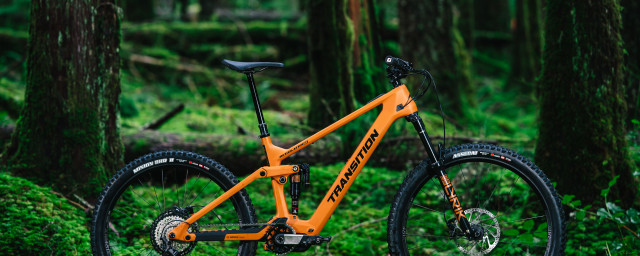


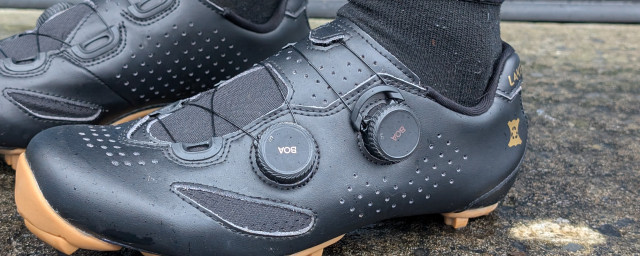
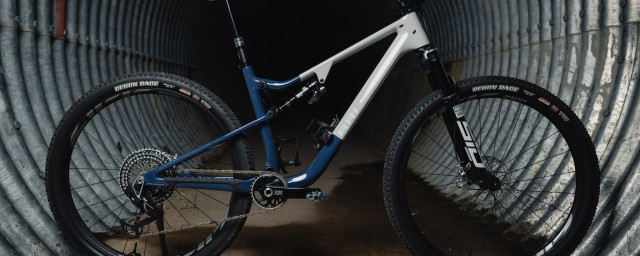
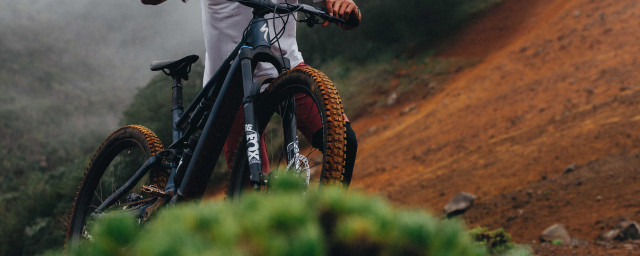

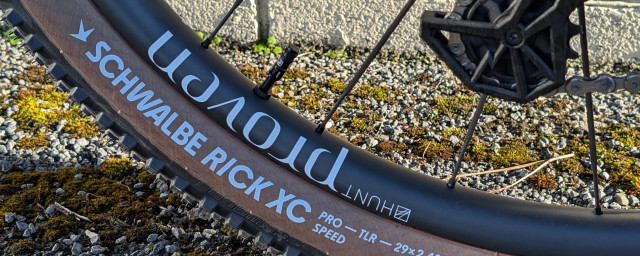
Add comment